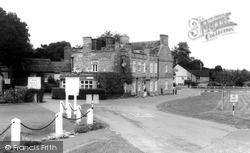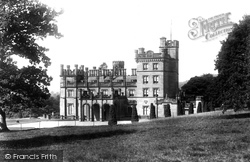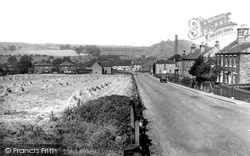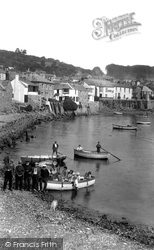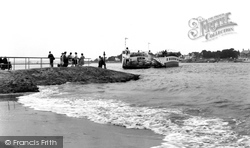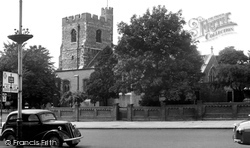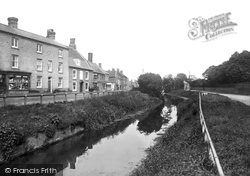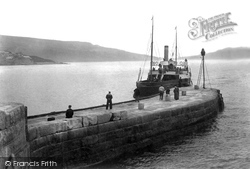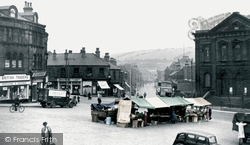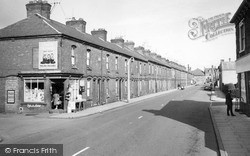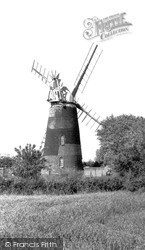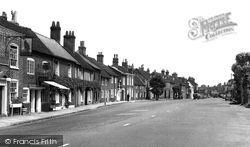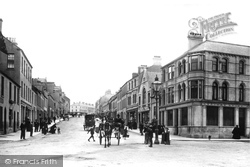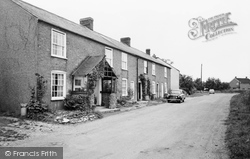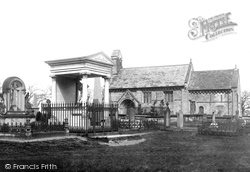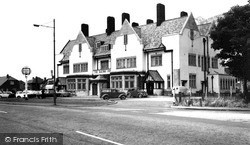Captions
388 captions found. Showing results 81 to 100.
The gabled red brick front dates from c1680. The side range of white brick was added in the 1920s. Two of the windows have become doors, while the grass to the left has become a car park.
Built between 1804 and 1844 by Richard Crichton and the Dickson brothers for Charles and James Moray, Abercairny was a break with what had become a traditional approach to the design of country houses.
landscapes; to the left, corn is stacked up in stooks ready for harvesting, while to the right, behind the houses, a chimney and the huge shape of the spoil tip of the pit which gave the village its name breaks
The midships wheel, lying fore and aft, was used to make easier the back-breaking task of hoisting sails.
The first tended to break down and the second could only carry eight cars.
The trees have grown, and the street signs have changed, but the church, with its substantial 15th-century ragstone west tower and mid 18th-century brick-faced body, remains substantially unaltered behind
A later brick front was added to the 17th-century White Lion.
A later brick front was added to the 17th-century White Lion.
Services in Lyme Bay were reinstated for a short time after a break during the Great War, from Weymouth via West Bay on summer Tuesdays and Thursdays, and went on to Seaton, Sidmouth and Torquay.
Batley's prosperity came from the process of breaking down and reweaving woollen cloth from waste rags. The raw material came from as far afield as Berlin and Rotterdam.
Bootscrapers, timber-sashed windows and moulded brick arched heads to the ground floor windows and doors provide a quality so often lacking in modern housing.
A brick tower mill, this was photographed at about the time it was purchased by a mill enthusiast for preservation. The brick tower is tarred black for extra weather protection.
From further west this view gives a good idea of the Georgian and later brick frontages added to the mainly 17th century timber-framed cottages lining the High Street and giving the town its distinctive
If greater prosperity meant that more people could take a week's break, there were still many more who were left behind.
It was 175 feet deep, and was notorious for breaking its rope and losing the bucket.
The ornate tomb on the left is inscribed 'Until the day break and the shadows flee away'; it is a monument to the Hirst family, and was first used in 1884.
Dating from about 1912 and now the NatWest Bank, it is in Queen Anne style using grey brick with fiery red brick dressings, deep modillioned eaves and large pedimented dormers.
St Mary's was built between 1877 and 1878 by John Cundall in brick with a prominent steeple. The interior is brick-lined. The tower was a mere 75 feet high and has been cemented over.
still is, the main east/west route through the town, passing St Wilfrid's Church and Victoria Park with distant views of the South Downs; it encouraged en route travellers to stop and have a break
The original inn could not be demolished until the new pub was built, because at the time the licence had to be transferred from one premises to the other without a break in trading.


